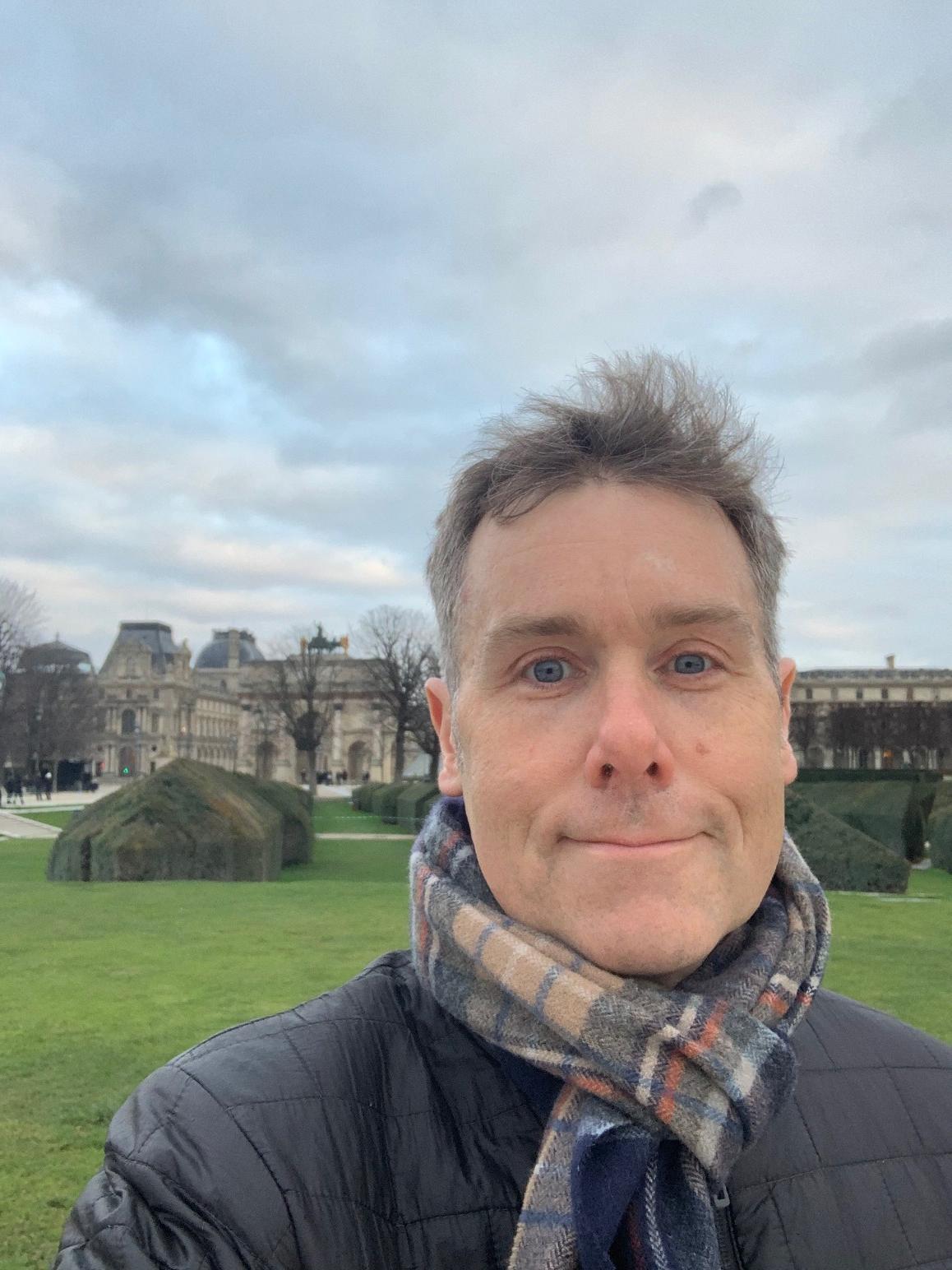It has been a great source of pride that in the last year, the Art, Cultural Institutions and Heritage Law Committee of the International Bar Association has remained active and engaged with issues of art and cultural property law despite the pandemic. We had a very exciting in-person program organized and ready to go for June, 2020 at the Ecole du Louvre, where I snapped this picture in February 2020 expecting to be back just four months later. Fate intervened, of course, but with thanks to my co-chair last year Giuseppe Calabi, and my co-chair starting January 1 of this year Anne-Sophie Nardon, we have held a webinar in June, a panel at the IBA’s Virtually Together conference, and stayed active in our publications and newsletter. Cultural property and commercial art law certainly hasn’t taken a break for the pandemic, and while I very much miss our in-person gatherings, it has allowed us to reach new members and grow the ranks of our officer team. We are ever larger and more diverse, with officer representation from every continent except Australia (and Antarctica--so far!).
Art disputes and how to avoid them--presented by the IBA Art, Cultural Institutions and Heritage Law Committee
Topics: Karen Sanig, Anne Laure Bandle, Sullivan & Worcester LLP, Nicholas M. O'Donnell, Mishcon de Reya, Art Loss Register, Court of Arbitration for Art, Sharon Hecker, Anne-Sophie Nardon, Borel & Barbey, Olivier de Baecque, Giuseppe Calabi, Davina Given, Armstrong Teasdale LLP, Stan Putter, Angell Xi, Jingtian & Gongcheng, Reynolds Porter Chamberlain, James Ratcliffe, CBM & Partners Studio, Klaus-Jürgen Kraatz, Kraatz & Kraatz, Noor Kadhim, Smallegange, Steve Schindler, Schindler Cohen & Hochman
New Court of Arbitration for Art to Launch in June, Offers Exciting Opportunity for the Art Market
The recent announcement of the launch of the Court of Arbitration for Art (CAA) is exciting and intriguing news. There is nothing peculiar to the art market or the art world about the existence of disputes—any businessperson in a wide variety of industries can testify to that. But what is promising about this initiative is the opportunity it presents to streamline an important segment of art world disputes, and in so doing to create a larger body of legal guidance that will in itself be useful in and outside of formal controversies. It does not supplant civil litigation in courts, nor does it make any pretense of doing so. It could, however, become an important complement. Critical will be enough buy-in from lawyers in particular to become willing to recommend its inclusion in contracts, for example. I would certainly include myself in that group, depending on the specific circumstances.
Topics: Stropheus, Judith Prowda, Sotheby’s Institute of Art, London, AAA, Geneva, Pryor Cashman LLP, Tom Brady, Megan Noh, New York, HEAR Act, CAA, Authentication in Art, Arbitration, JAMS, The Hague, NAI, Holocaust Expropriated Art Recovery Act of 2016, Quinn Emanuel Urquart & Sullivan LLP, Court of Arbitration for Art, Netherlands Arbitration Institute, William Charron, Cahill Cossu & Robinson LLP, Luke Nikas




